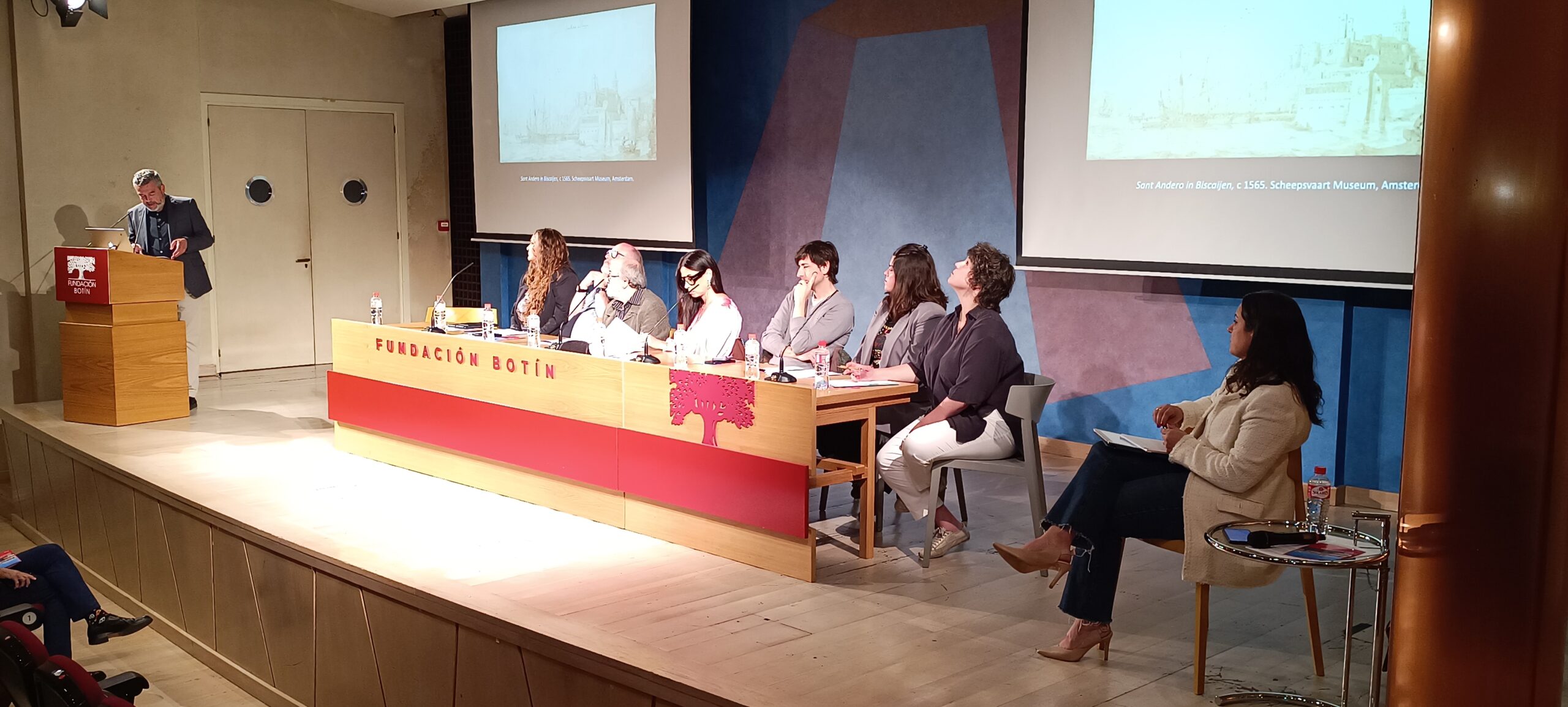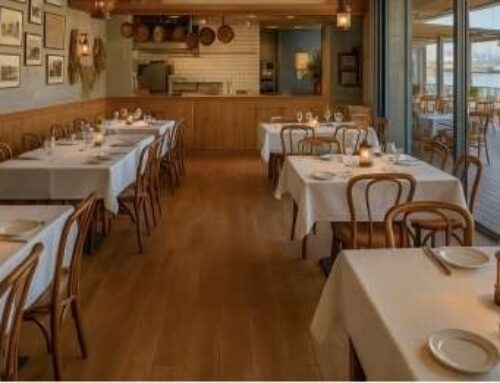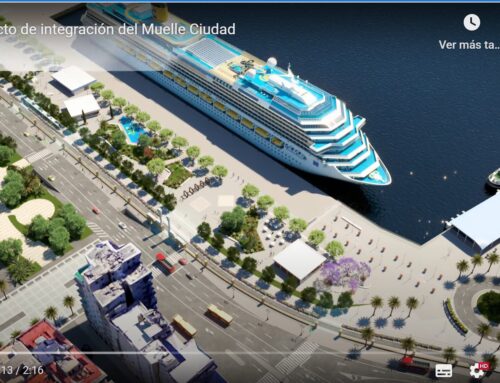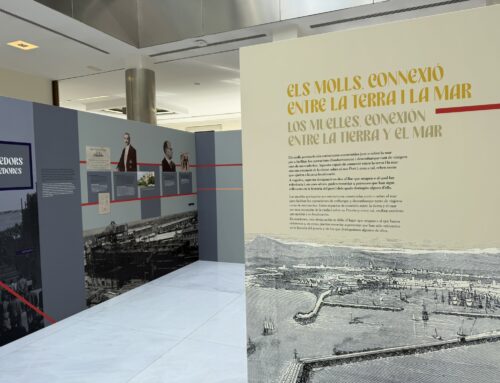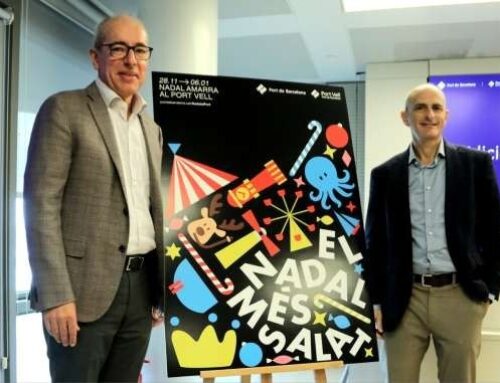The second day of the 39th RETE Meeting—the International Association for Cooperation between Ports and Cities—has today turned the city of Santander into a leading forum for examining maritime culture as a key element in urban identity, social cohesion, and the transformation of waterfront areas.
The technical program, held in the Auditorium of the Botín Foundation, was organized into two main blocks. The first session, entitled “Port Cities and Cultural Creation”, offered a multidisciplinary perspective on how ports have inspired artistic, scientific, and social expressions throughout history.
Luis Sazatornil Ruiz, Professor of Art History at UNED, addressed “The influence of ports on the urban and architectural development of cities”; Marta Mantecón Pérez, art historian and cultural manager, developed “The artistic expression of the port and the port city”; Guillermo Balbona Arauna, Culture Editor at Diario Montañés, discussed “The port city in literary and cinematic fiction”; Francisco Valcarce, stage director and theatre critic, intervened with “Port cities and seas: sources of inspiration for theatre, dance, opera and other performing arts”; Odette Álvarez Garzón, Creative Director of Teté by Odette, explored “Maritime-port attire, from workwear to art and fashion design”; Sergio Bastard, chef of the Michelin-starred Casona del Judío, presented “Kitchens and flavours of the sea: the culinary culture of port cities”; Lucía Fernández Granados, Director of the Cantabrian Maritime Museum, spoke about “The scientific and technological culture of port cities: navigation, shipbuilding, port development, fishing, etc.”; and Isabel Mier Pérez, Assistant Artistic Director of the Santander International Festival, closed the session with “The soundtrack of the port city”.
After the presentations, a colloquium was held between the speakers and attendees, moderated by Diario Montañés journalist Pilar González Ruiz, and the session’s conclusions were presented, highlighting port cities as unique spaces of exchange and cultural innovation. It was stressed that constant interaction with the sea has fostered the emergence of distinctive artistic expressions deeply rooted in the collective memory of coastal communities. Maritime narratives, urban landscapes shaped by port infrastructure, the evolution of performing arts inspired by seafaring trades, seafarers’ attire and cuisine based on coastal products are not only cultural manifestations but also strategic assets that shape identity and distinguish these cities globally. The experts agreed that strengthening this port–culture connection not only enriches the creative fabric but also reinforces a sense of belonging, stimulates the local economy and opens new opportunities for international projection. In short, they argued that culture should not be seen as a complement but as a structural axis in port–city integration processes.
The second part of the day focused specifically on Santander, with the session “Culture: a regenerative engine for the maritime-port front”, in which César Díaz Maza, President of the Port Authority of Santander, reviewed the evolution of the waterfront over the past 40 years, highlighting its transformation into an urban cultural axis with iconic facilities and a vibrant artistic life. “In port–city integration, the social and cultural component has been fundamental to city-making. For forty years, from the Palacete del Embarcadero to the Faro de la Cerda or the Faro Cabo Mayor Art Centre, we have been offering cultural facilities with high-quality programming to citizens, and we now have major cultural centres integrated into the waterfront. This transformation has made our port a key player in Santander’s cultural life, offering a dynamic and attractive setting for both residents and visitors. Culture is not merely a complement but a structural axis in the regeneration of our maritime-port front and a factor that strengthens our identity and sense of belonging”, emphasised the President of the Port of Santander.
In the afternoon, attendees took part in a technical visit to the cultural corridor of the Bay of Santander, with stops at the future Associate Centre of the Reina Sofía Museum, to be located in the former Bank of Spain building, where holdings from the Lafuente Archive and the national museum’s collections will be exhibited; and FARO Santander, a Banco Santander initiative to transform its historic headquarters into a centre for art and technology designed by David Chipperfield.
This second day continued the inaugural session held yesterday, in which RETE’s Governing Board and General Council met and a conversation was held on coexistence in the port city with the mayors of Santander and Huelva, Gema Igual and Pilar Miranda, moderated by RETE President Teófila Martínez. During the meeting, Martínez underlined that “the sea has not only shaped the physical form of our cities but also their collective soul. Ports are memory, present and opportunity. And culture is the best bridge to connect that history with the citizen”.


